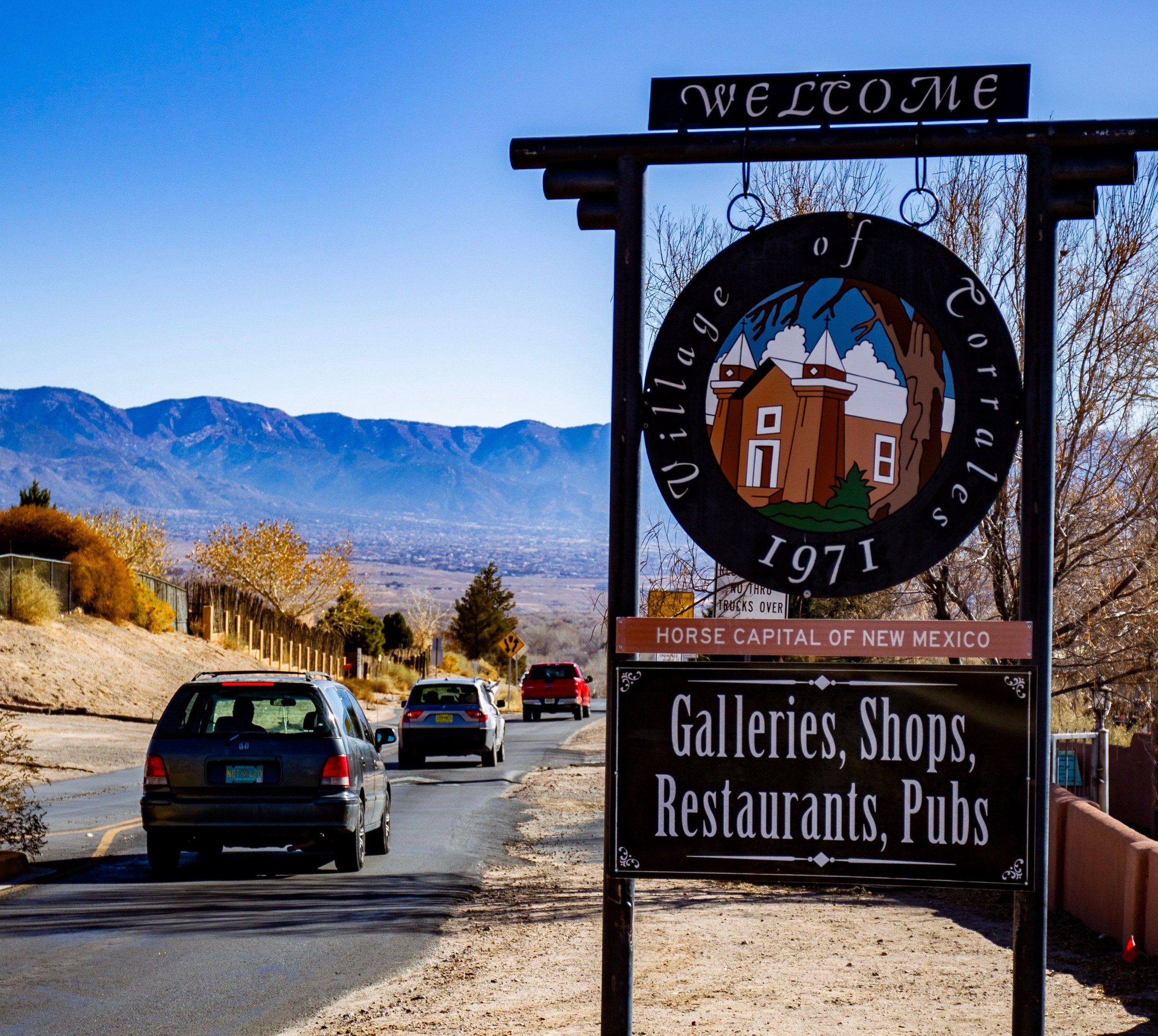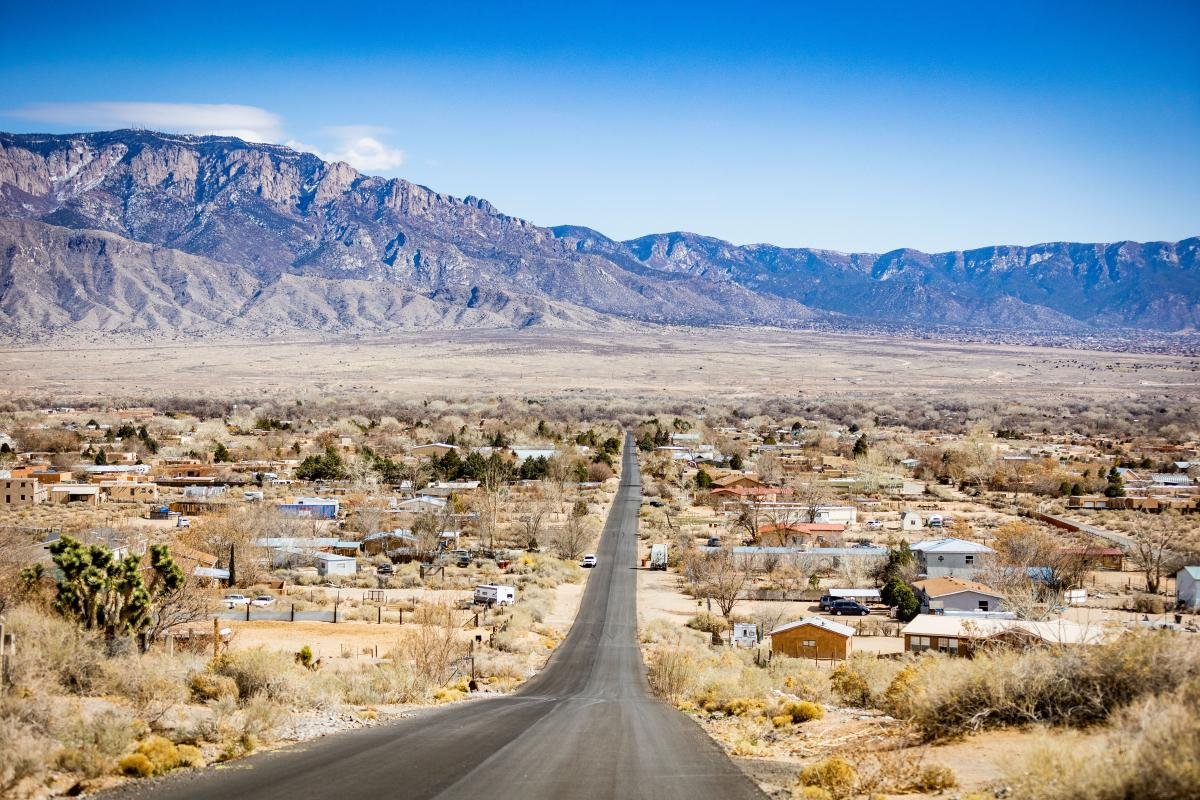
HISTORY OF THE
VILLAGE OF CORRALES
Once upon a time, nestled along the banks of the Rio Grande in the enchanting land of New Mexico, there existed a village with a history as rich as the soil that cradled its roots. This village, known as Corrales, bore witness to the passage of time and the convergence of diverse cultures.
Centuries ago, long before European settlers graced its landscapes, indigenous peoples, including the Puebloans, thrived in harmony with the earth. The Spanish, explorers of distant lands, arrived in the 16th century, leaving an indelible mark on the region. They brought with them a language that danced like the river's current and a culture that mingled with the essence of the land.
As the Spanish colonial period unfolded, so did the story of Corrales. Land grants, like promises whispered by the wind, were bestowed upon individuals and communities. The fertile soil along the Rio Grande beckoned American settlers in the 19th century, drawn by the promise of a new beginning after the Treaty of Guadalupe Hidalgo in 1848.
The heart of Corrales beat with the rhythm of agriculture. Acequias, ancient channels of life-giving water, crisscrossed the land, nurturing vineyards, orchards, and fields. The village became a canvas painted with the vibrant hues of crops and the scent of blooming flowers.
In 1971, a pivotal chapter unfolded as Corrales officially became a village. A collective decision to safeguard its rural character and resist the encroachment of urban development marked this moment. The spirit of community, like the resilient cottonwood trees along the riverbanks, held strong.
Through the years, Corrales became a tapestry woven with threads of cultural heritage. Adobe buildings stood as living testaments to the passage of time, and traditions were passed down through generations. The village exuded a timeless charm that captivated all who wandered its winding paths.
Amidst the fields and orchards, artists and craftsmen found inspiration. The Corrales Arts Center became a hub of creativity, and galleries adorned with the expressions of local talent added vibrancy to the village. As the sun dipped below the horizon, casting a warm glow upon the adobe structures, Corrales whispered tales of a bygone era.
Festivals and events became the threads that bound the community together. Traditional dances echoed the ancient beats of drums, music filled the air like a sweet melody, and agricultural fairs celebrated the bounty of the earth. The villagers, proud stewards of their heritage, rejoiced in the rituals that connected them to the past.
And so, the story of Corrales continued, a tale woven with the threads of history, agriculture, and cultural richness. In this village along the Rio Grande, time moved at its own pace, and the spirit of the land endured, a timeless legacy etched into the very fabric of Corrales, New Mexico.
